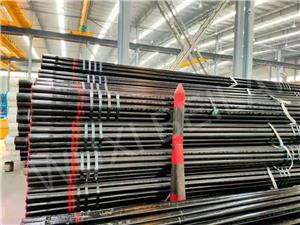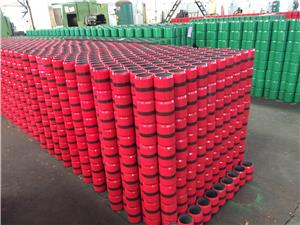Safeguarding Oil Wells: Crucial Steps for Tube Casing Installation in Oil Well Operations
The installation of tube casing is a vital step in oil well operations, as it provides structural support and protection to the wellbore. Proper tube casing installation ensures the integrity and stability of the well, safeguards the environment, and promotes efficient oil and gas production. This article outlines the essential steps and best practises for correctly installing tube casing in oil well operations.
1. Selecting the Right tube Casing:
In previous articles, we have learned that the first step in tube casing installation is selecting the appropriate tube casing size and material based on wellbore conditions, drilling depth, and encountered geological formations, ensuring it can withstand specific well conditions.
2. Preparing the Wellbore:
Before installing the tube casing, the wellbore must undergo proper preparation, including cleaning it of debris or obstructions to ensure it is clean and stable. The wellbore should be drilled to the desired depth before lowering the tube casing into place.
3. Lowering the tube casing:
Using tube casing elevators or spider lifters, the selected tube casing is carefully lowered into the wellbore. This process involves a slow descent to prevent damage and ensure proper alignment with the wellbore.
4. Cementing the tube casing:
Once in position, cement is pumped into the annular space between the tube casing and wellbore wall. Cementing is crucial for securing the tube casing in place, preventing fluid migration, and providing zonal isolation. Proper cementing also protects the tube casing from corrosion and provides additional structural support.
5. Pressure Testing and Setting the Tube Casing Shoe:
After cementing, the tube casing shoe, the bottom end of the tube casing, is set into the well's formation. Pressure testing is conducted to ensure the cement has bonded the tube casing to the wellbore wall correctly. The tube casing shoe should be set at a depth where the well encounters stable rock formations.
6. Running Additional tube casing strings:
Depending on well depth and geological formations, multiple tube casing strings of different sizes may be required. Each tube casing string is installed using the same careful procedure and cementing process to ensure proper wellbore integrity.
7. Verifying tube casing Integrity:
After all tube casing strings are installed, pressure testing and quality assurance measures are performed to verify the tube casing's integrity. Promptly address any potential leaks or issues to prevent safety incidents.




